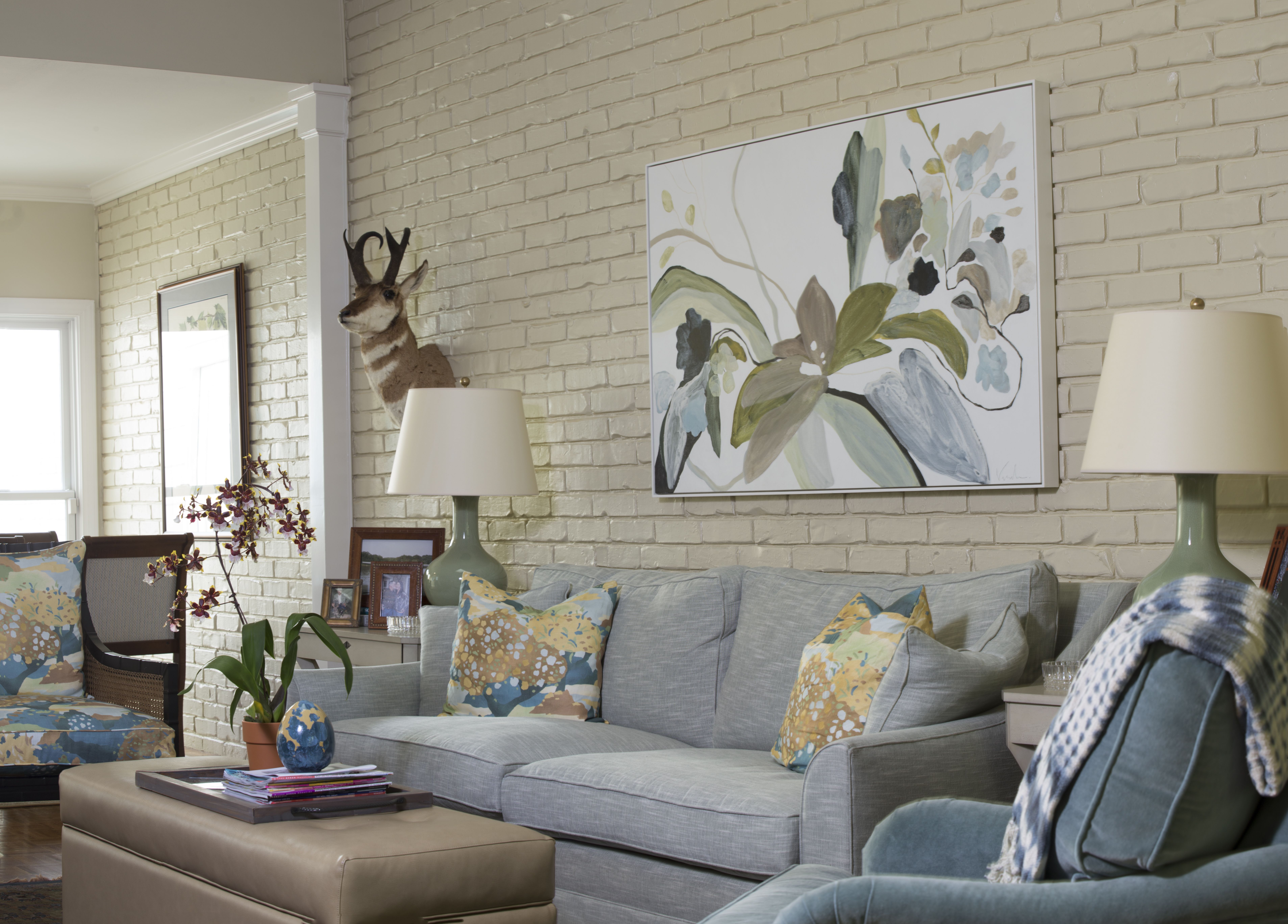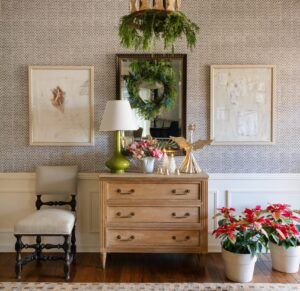
The secret to successful interior design? Be open-minded.
Think you don’t like stripes, velvet or orange? According to David Coco of Dixon Smith Interiors, the design process will end up drawing you to things you never once considered, but that’s the beauty of it.
“It isn’t my job to push my taste on someone else, but rather to activate someone else’s in the best possible way,” says Coco. “Clients will say something at the get-go like ‘I don’t like paisley,’ but then see it on a fabric and decide that it works. So sometimes a client may not know quite how to express what they like—it’s part of my job to present them with different choices and see the reaction.”
Starting with items or elements that the clients love, whether it be a specific shade or an existing piece of furniture, Coco takes that comfort zone and expands it slowly, offering up new ideas that he’s sure will elevate the space.
“A lot of times people will express wanting to focus on a certain color, and so I can show them different fabrics using the color in different tones, and they may be inspired by something they never knew existed,” he says. “When you are designing a room, it is important to start with something you really love and then build from that.”
But what if someone’s vision—the “something” that a client loves—doesn’t seem to mesh with the overall cohesion of a room’s design?
“I think there’s a tasteful way to do just about everything,” Coco explains. “Sure, sometimes someone will come to you with an idea that you think is too far off, and in those instances I’d just suggest that it just may not be a good fit—not just for them, but for anyone.”
These action-reaction scenarios only work, however, when paired with clear communication and honesty. If a client says she doesn’t like a particular material when she really means that she doesn’t like the material’s price point, Coco needs to know. But fear not, style-seekers: the route to a perfect space wouldn’t be half as fulfilling without a few bumps in the road.
“It’s happened before where a client wanted the focal point of the room to be an old dilapidated object or an outdated family heirloom,” says Coco, “and in most occasions that original object doesn’t end up in the finished design. But even though a room’s design always has a starting point, it’s important to remember that that starting point can change through the process. Sometimes you may even come full-circle to an original idea. It’s all part of the editing process of design.”
Check out a charming farmhouse design by Coco in this story from the inRegister archives.











